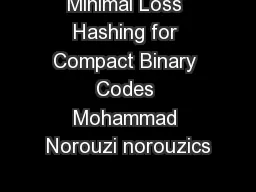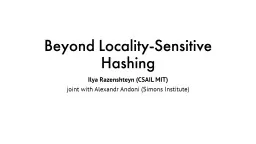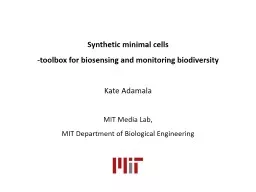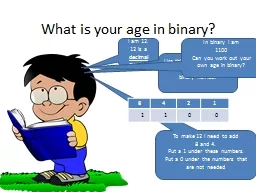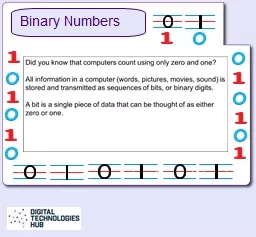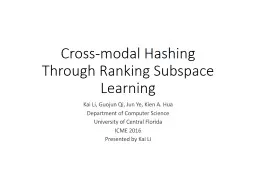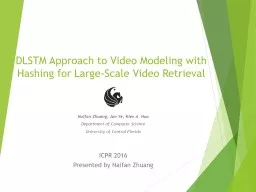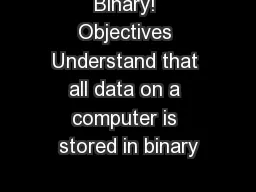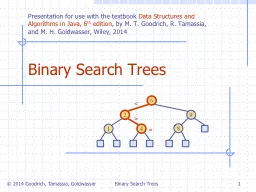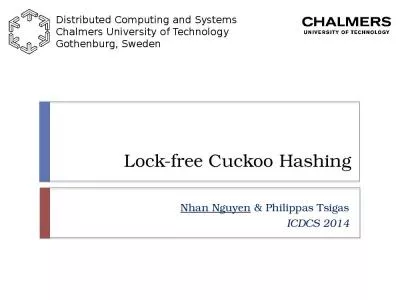PDF-Minimal Loss Hashing for Compact Binary Codes Mohammad Norouzi norouzics
Author : ellena-manuel | Published Date : 2014-12-16
torontoedu David J Fleet fleetcstorontoedu Department of Computer Science University of Toronto Canada Abstract We propose a method for learning similarity preserving
Presentation Embed Code
Download Presentation
Download Presentation The PPT/PDF document "Minimal Loss Hashing for Compact Binary ..." is the property of its rightful owner. Permission is granted to download and print the materials on this website for personal, non-commercial use only, and to display it on your personal computer provided you do not modify the materials and that you retain all copyright notices contained in the materials. By downloading content from our website, you accept the terms of this agreement.
Minimal Loss Hashing for Compact Binary Codes Mohammad Norouzi norouzics: Transcript
Download Rules Of Document
"Minimal Loss Hashing for Compact Binary Codes Mohammad Norouzi norouzics"The content belongs to its owner. You may download and print it for personal use, without modification, and keep all copyright notices. By downloading, you agree to these terms.
Related Documents

